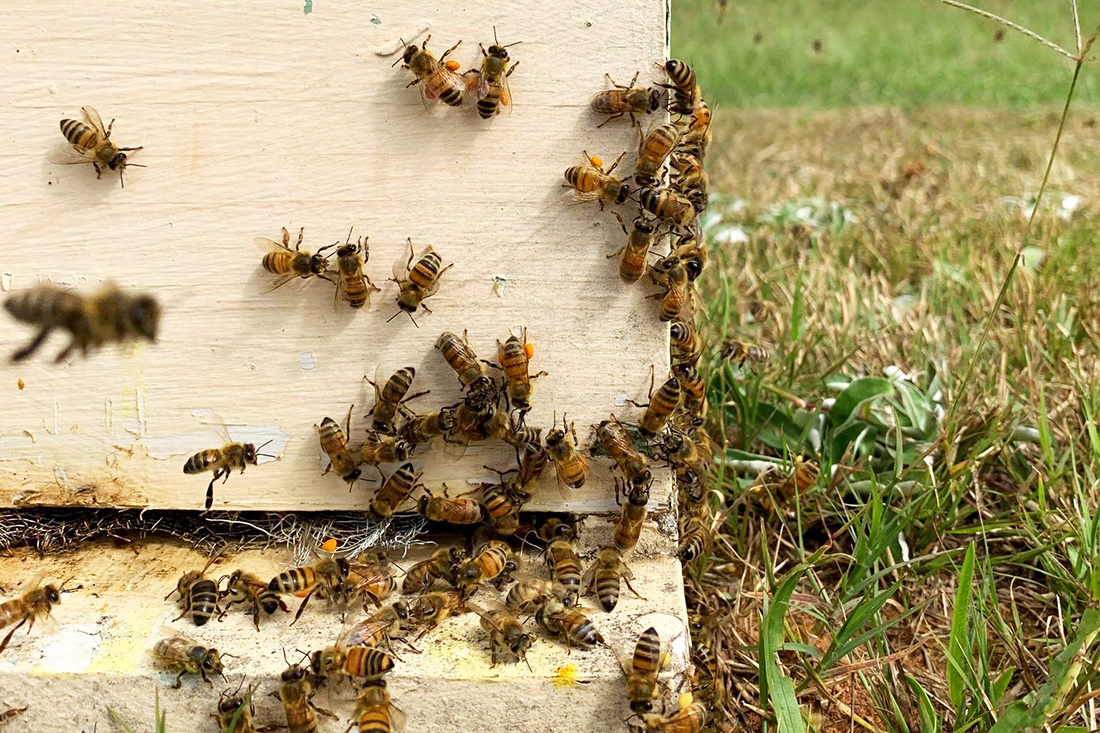The old saying, "What you can't see can't hurt you," is history when it comes to meat and poultry inspection.
On July 6, President Bill Clinton announced sweeping reform of federal food safety rules. The changes modernize a 90-year-old U.S. Department of Agriculture inspection program that relied on sight, smell and feel.
"You can't see microorganisms rolling down the processing line on a bird," said Estes Reynolds, a food scientist with the University of Georgia Extension Service. "But you can test for them," he said. "We're dealing with controlling contamination now instead of detecting a problem after it's there. With these 'megaregs,' we're taking a scientific approach to documenting control."
Most Georgia slaughter and processing firms are being trained in the process. Many are already forming plans to comply, Reynolds said.
"The new rules are getting a positive response from industry," Reynolds said. "Their only concern is the cost of the change."
USDA figures as many as 4,000 deaths and 5 million illnesses a year result from eating contaminated meat and poultry. The four most common culprits are Salmonella, Campylobacter, E. coli 0157:H7 and Listeria monocytogenes.
USDA Secretary Dan Glickman said the old system had a key gap.
"It did not focus on the most serious public health problem of pathogenic bacteria such as E. coli 0157:H7 and Salmonella," he said.
"The Hazard Analysis and Critical Control Point (HACCP) Pathogen Reduction final rule will do just that," he said. "It will improve the safety of American meat and poultry by directly targeting the reduction of the pathogens that cause food-borne illness. It will revolutionize the way we ensure the safety of American meat and poultry."
For the first time, plants that slaughter and process meat and poultry will be required to target and reduce harmful bacteria on their products. The four-part rule builds prevention into the process.
* Every plant must adopt and carry out its own HACCP plan that deals with all the hazards for its products. USDA inspectors will continually verify the plan.
* Every slaughter plant must regularly test carcasses for generic E. coli. The testing will tell how well the plant's methods prevent and reduce fecal contamination.
* All slaughter plants and plants producing raw ground products must make sure their Salmonella contamination rate is below the national baseline incidence.
* Each plant must adopt and use a written plan to meet its sanitation responsibilities.
The new system will be phased in. It will start this summer with the Salmonella testing program. The sanitation standard operating procedures and E. coli testing rules will follow next year.
The HACCP system will be effected first in larger meat and poultry plants. USDA figures 75 percent of all slaughter production will be under HACCP-based process control and Salmonella performance standards within 18 months.
The new rule just went into effect. But the concept of controlling safety hazards has been in the works for years. Reynolds has led HACCP trainings for food processors nationwide since 1990.
"Most of the major processors are already on board," Reynolds said. "We have educational material available and programs in place to conduct training for all processors."
Food processors can talk to their county Extension Service agent about arranging a HACCP training.






